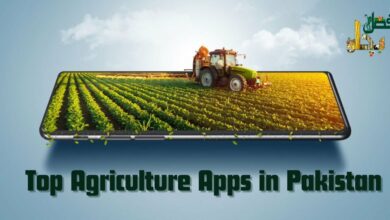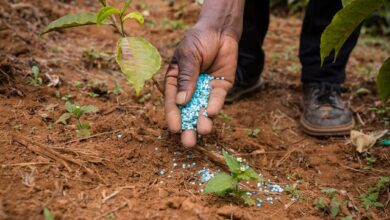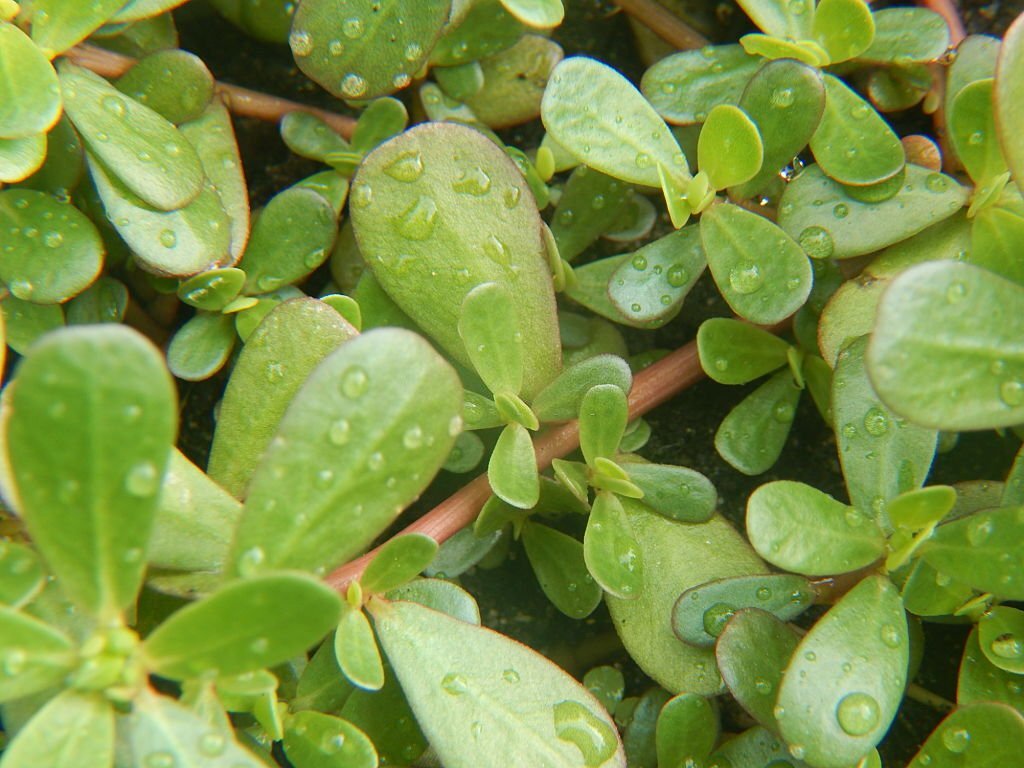Impact of Climate Change on Agriculture

Last updated on June 24th, 2024 at 11:20 am
Iowa has experienced many of the impacts of climate change on agriculture industry, and the state’s climate-change-adaptation efforts are based on findings from the Iowa Crop Improvement and Conservation Center (ICCIC). In addition to the impact of climate change on agriculture, ICCIC has also conducted studies about farmer attitudes toward adapting to the effects of climate change. These results provide a foundation for future climate adaptation efforts. But what about farmer attitudes?
Impacts of Climate Change on Agriculture
The impacts of climate change on agriculture are uncertain, and the estimates of the consequences are based on the current state of the science. A number of factors, such as higher temperatures, are believed to affect crop yields and farm incomes. In addition, increased temperatures are projected to expand the growing season of many crops, including cereals and cool-season seed crops. While these crops are already viable at high latitudes, they could also expand their distribution across northern hemisphere regions.
In addition to changing weather patterns and crop yields, climate change can affect food security and other agricultural activities. Increased temperature and carbon dioxide concentrations may increase crop yields, but the frequency of droughts could threaten food safety. Warmer water temperatures may also disrupt ecosystems and affect the ranges of many shellfish and fish. These changes in climate are likely to have many negative impacts of climate change on agriculture. In this article, we will explore some of these effects and consider how to adapt.
Heat waves will become more frequent. These heat waves affect both plants and animals, limiting their production. Some crops may be unable to flower if they experience extreme heat, leading to no seeds. Additionally, heat stress has negative effects on animal health and the immune system. As a result, many animal species are less productive than they would have been otherwise. This is a problem for many farmers. However, this situation is not inevitable.
The most relevant long-term trends in rainfall will have a major impact on food production. While long-term mean climate change is likely to affect food production, year-to-year variability and extreme weather events may be more problematic. For instance, abnormally low rainfall events have been linked to large falls in crop productivity. Small changes in average annual rainfall may have a greater impact. This means that the impact of climate change on agriculture may not be so immediate.
In addition to increasing temperatures, the impact of climate change on agriculture and thus food supply can be felt throughout the world. Water shortages are often the result of climate-related disruptions in food transportation. Agricultural machinery is often inadequately adapted to wet soil conditions. Further, a significant number of food commodities in the U.S. are transported across large distances by water. Extreme weather events can severely affect waterways and alternative routes. For instance, the recent summer drought in the Mid-East has caused significant problems for farmers, especially in areas where agricultural crops are grown.
Adaptation to the Impact of Climate Change on Agriculture
Adaptation to climate change and agriculture is necessary to ensure sustainable food production, but many measures of success will not be sufficient. While incremental adaptation can provide some benefit, it may not be sufficient to cope with the rapid changes in food production that are expected under climate change. Consequently, transformational adaptation approaches have gained ground in recent years. Such approaches are based on an increased awareness of the need for major non-marginal transitions in a sector. Although these approaches have been studied in theory, the empirical evidence underlying their use is limited. Nonetheless, the authors used a simple semi-quantitative definition to identify recorded cases of transformational adaptation.
Farmers have largely failed to adapt to climate change in the past. This does not necessarily mean that they will succeed in the future, but it may provide a plausible benchmark for how farmers can adapt to future warming. Adaptation measures often provide co-benefits that are essential for multiple goals. Adaptation measures can contribute to soil health, water quality protection, and wildlife habitat management. In fact, many of these measures are not easily distinguishable from on-farm practices.
Adaptation actions can be proactive or reactive. For example, in Nicaragua, an increased risk of drought led to the creation of a government-led program, co-funded by multilateral development banks, that promotes crop diversification, improves water use efficiency, strengthens markets, and provides weather information services. On the other hand, farmers can also take advantage of their differential access to climate adaptation technologies and solutions. So, it is important to understand the nature of climate risks in agricultural development to ensure that adaptation options are appropriate for the situation.
Agricultural producers already are facing severe consequences of climate change. Extreme weather conditions, increasing input costs, and changing patterns of rainfall affect crop growth and yield. Furthermore, high temperature at critical stages of growth reduces grain filling duration, makes crops sterile, and lowers yields. Consequently, agriculture is extremely vulnerable to climate change and requires substantial investments in adaptation strategies to address the effects of climate change.
Mitigation
As global temperatures continue to rise, a variety of farming and forestry practices are being investigated to reduce vulnerability and draw carbon from the atmosphere. While many climate change-related threats are directly linked to the agricultural sector, forestry and agriculture are also increasingly sought-after solutions to mitigate greenhouse gas emissions and improve soil health. While there are many benefits to climate change mitigation, some methods have disadvantages as well. In the following, we will discuss two key examples:
Carbon dioxide emissions from human activities are the primary contributors to climate change. While carbon dioxide emissions from human activity are the most common sources of global warming, agriculture produces a different mix of gases. In the United States alone, agricultural emissions from this sector are estimated at 669.5 million metric tons of carbon dioxide equivalent by 2020, with 50.5 percent of the total emissions being nitrous oxide, 37.5 percent of methane, and 12.0 percent carbon dioxide.
Farmers’ support for public action related to climate change is a vital part of mitigation efforts. However, most mitigation measures have been initiated by governments. Moreover, farmers’ support for mitigation implies that they accept the human activity is the main driver of climate change and that collective action is needed to bring about behavioural changes. This type of research is important in developing policy and regulatory measures that will address climate-related risks and maximize benefits for farmers and ranchers alike.
Farmers in Iowa are already experiencing many of the aforementioned effects. A study by the Iowa Climate and Corn-Based Cropping Systems Coordinated Agricultural Project shows that attitudes toward mitigation are disproportionately positive in farmers operating conventional mainstream agricultural systems. These findings provide a rich context for agricultural research and outreach strategies. There is a growing consensus among researchers that climate-related changes can be adapted to by farmers if they take the necessary actions.
Farmer attitudes and beliefs regarding climate change are important components of adaptation and mitigation efforts. Farmers who feel more trust in environmental and agricultural organizations are more likely to believe in climate change and its consequences. This, in turn, increases their support for adaptation and mitigation measures. As a result, reducing emissions is critical for both agriculture and climate change mitigation. Therefore, farmers’ attitudes and beliefs about climate change affect their responses to climate change.
Outreach
There is a connection between beliefs about climate change and farmer support for adaptive actions, but the causal relationship between these variables is not clear. Support for adaptation and mitigation are not directly related; rather, support for these behaviors is inversely correlated with the perceived risks. However, support for adaptive action is correlated with the belief that climate change is happening and that human activities are contributing to the problem. As such, farmers support the use of adaptive measures and mitigation as a means to combat climate change.
As an extension agent, you must adapt your methods to the biophysical contextual conditions of the local agricultural area. This means that your strategies should be creative and appealing to farmer-level needs. Farmers are highly skilled problem-solvers, and engaging their innovative responses could be an effective avenue for agricultural adaptation. The capacity building needs of agricultural extension agents are often not met. Consequently, it is important to organize periodic workshops for agricultural extension agents to help them improve their skills and improve their communication.
The study results highlight several implications for climate change and agriculture outreach. First, Iowa farmers’ beliefs about climate change and the risks they face are different from those of other groups. The study results indicate that farmers who trust environmental organizations more strongly believe that climate change is a real threat and that it must be addressed in order to mitigate its consequences. Secondly, farmers who trust environmental organizations more than others are more likely to take adaptive and mitigation action.
The USDA conducts climate change research. It identifies risks and vulnerabilities related to climate change, and develops strategies to reduce these risks and increase productivity. The work of USDA scientists focuses on developing and testing agricultural technologies and practices that address the challenges of climate change. The organization also partners with various research institutions, private sector, and other stakeholders to synthesize the findings of these research efforts. As the climate changes, so will the needs of farmers and landowners.
Written by Muhammad Aamir Saleem, M.Sc (Hons.) Agronomy, University of Agriculture, Faisalabad, Pakistan





